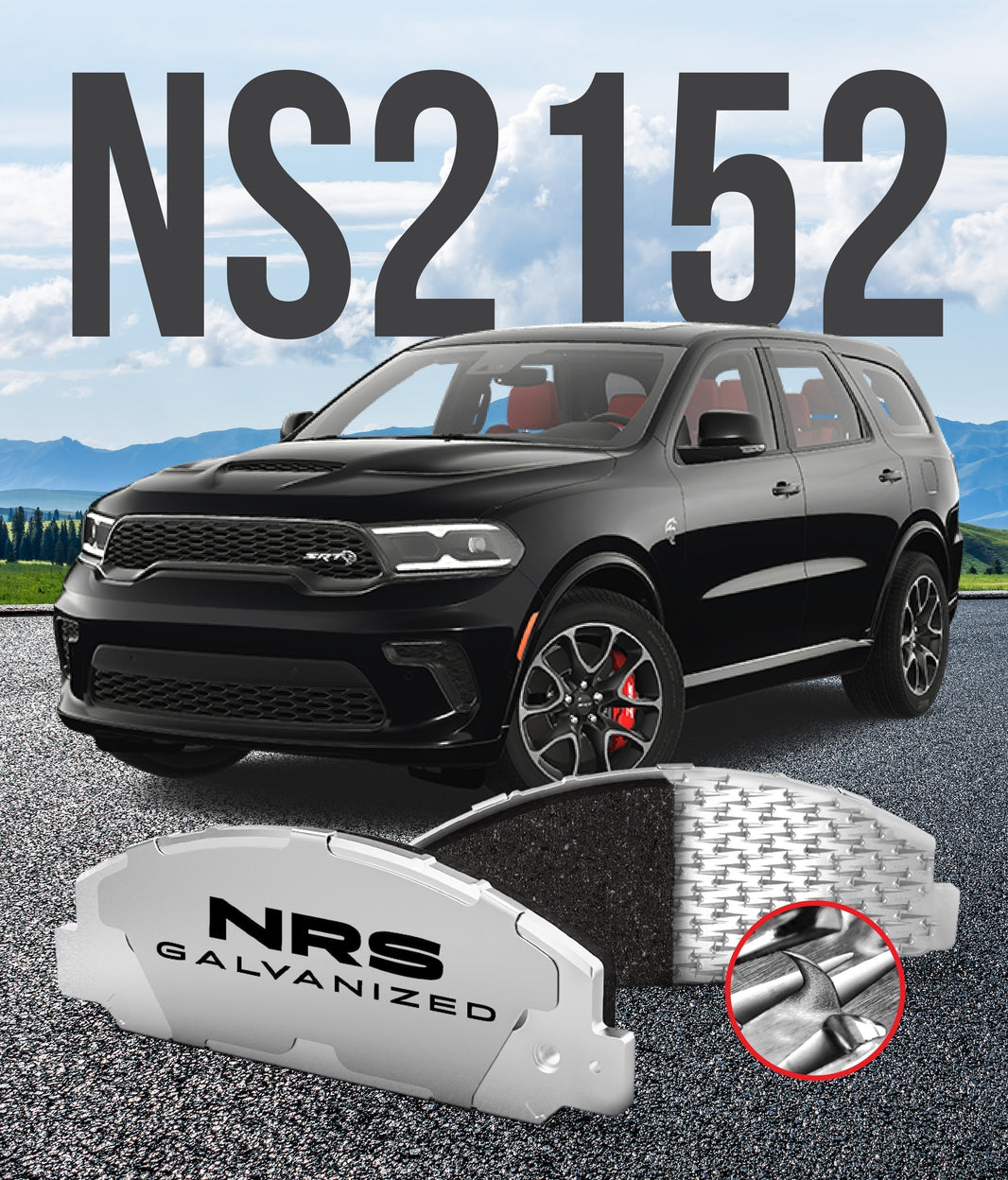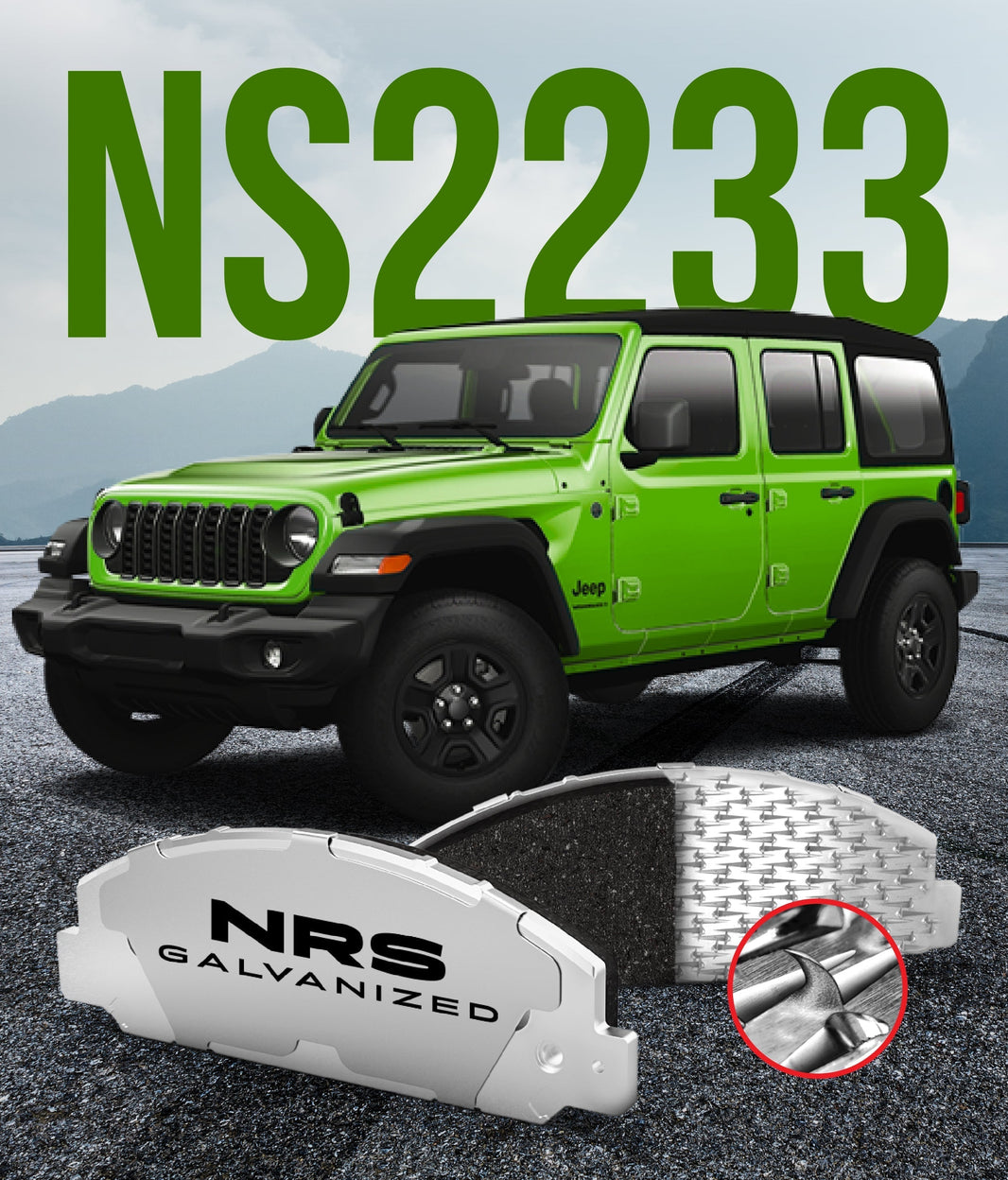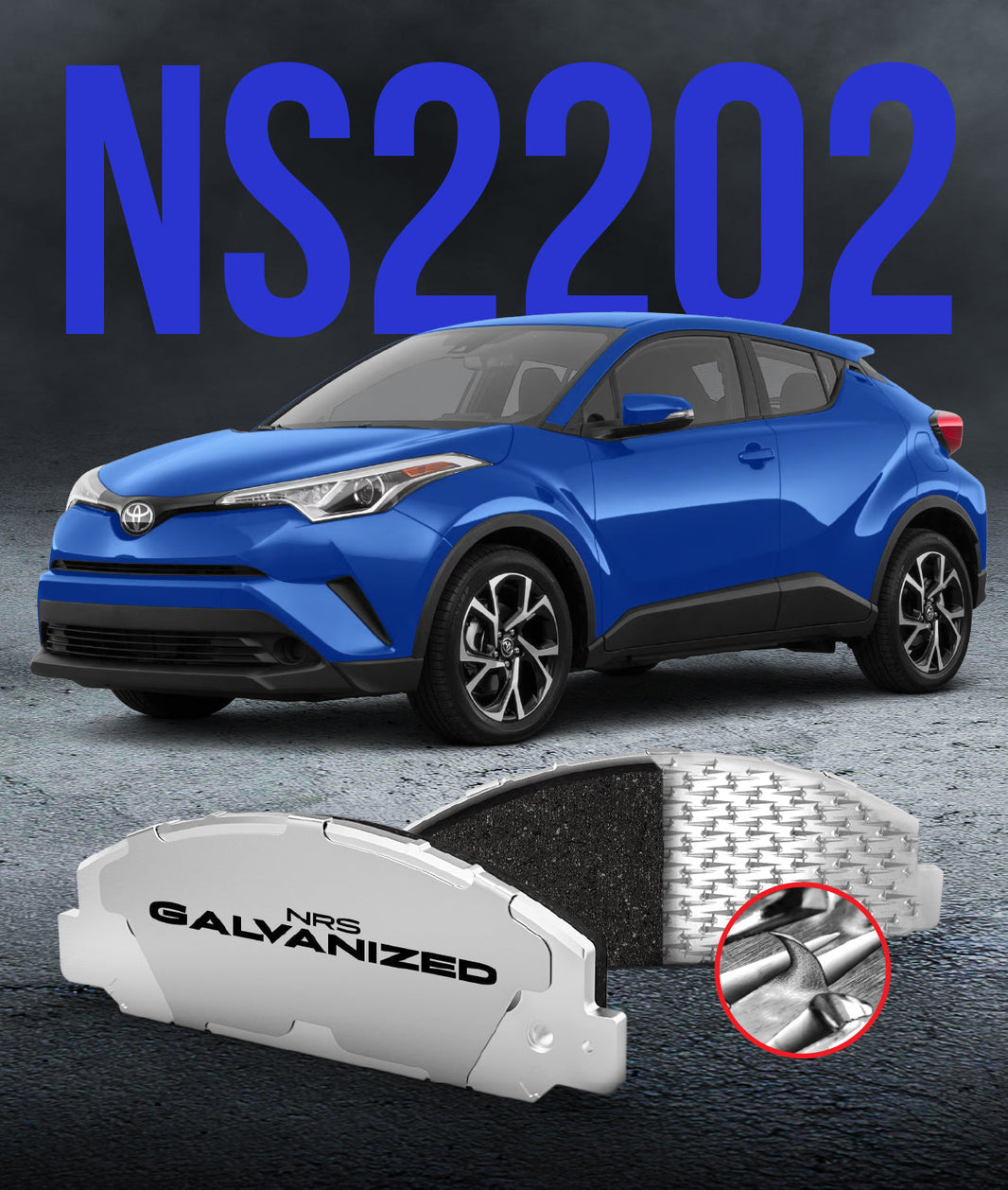
For any professional truck driver, the service brakes are the most critical safety system on the vehicle. They are responsible for bringing 80,000 pounds of vehicle and cargo to a safe stop, a task that generates an incredible amount of heat and wear. But what if there was a way to slow that massive load down without even touching the brake pedal?
That is the power of engine braking, a technique that is not just a feature but an essential skill for any heavy-duty truck operator. Using the engine to help control the vehicle's speed is one of the most effective ways to reduce wear and tear on your service brakes. This guide will explain how engine braking works and how you can use it to improve safety and lower your maintenance costs.
What is Engine Braking?
Engine braking is the process of using the natural resistance of the engine and drivetrain to slow the vehicle down. When you take your foot off the accelerator, you can feel your car or truck begin to slow down on its own. This is a basic form of engine braking.
In a commercial truck, this effect is much more pronounced and can be controlled by the driver. Think of it like this: your engine works hard to get the truck moving, but it can also be used to work in reverse, helping to hold all that momentum back. This technique is also a key part of the benefits of a Jake Brake.
The Different Types of Engine Brakes
The term "engine brake" is often used as a catch-all, but there are actually a few different types of systems that accomplish the same goal. While they work in different ways, they all serve to increase the natural braking force of the engine. Knowing which type your truck has is the first step in learning how to use engine braking effectively.
Each system is designed to turn your engine from a power-producing machine into a power-absorbing one.
Exhaust Brakes
An exhaust brake is the simplest type of engine brake. It is essentially a butterfly valve that is installed in the exhaust pipe. When the driver activates the system, this valve closes, restricting the flow of exhaust gases out of the engine.
This restriction creates a large amount of back pressure in the exhaust manifold and the engine's cylinders. This pressure makes it much harder for the pistons to push the exhaust out, which in turn slows the rotation of the crankshaft. This resistance is what slows the entire vehicle down.
Compression Release Engine Brakes (Jake Brakes)
This is the most powerful and most common type of engine brake, often referred to by the popular brand name "Jake Brake." A compression release brake works in a much more complex way. It is a system that is integrated into the engine's valvetrain.
When activated, it alters the timing of the engine's exhaust valves. After the piston has compressed the air in the cylinder, the Jake Brake opens the exhaust valve right at the top of the compression stroke. This releases all that compressed air out the exhaust, which creates the loud, distinctive sound that these brakes are known for. By releasing the compressed air, the system prevents that energy from pushing the piston back down, effectively turning the engine into a giant, power-absorbing air compressor.
The Major Benefits of Using Your Engine Brake
The primary reason to use your engine brake is to save your service brakes. Your service brakes work by converting motion into heat through friction. An engine brake does the same job but without creating the same kind of intense heat and wear on your brake pads and rotors.
This has a direct and significant impact on both your safety and your bottom line.
Preventing Brake Fade
Brake fade and its prevention are critical topics for any truck driver. When you are going down a long, steep hill, using only your service brakes can cause them to overheat. A proper checklist for conducting a fleet brake inspection helps ensure your brakes are in top condition before a trip.
By using your engine brake to maintain a safe speed on the descent, you keep your service brakes cool. This ensures that they are ready and able to provide their full stopping power when you really need them. This is the single most important safety benefit of engine braking.
Reducing Maintenance Costs
Brake jobs on a heavy-duty truck are a major expense. Following a complete guide to fleet maintenance is essential, and engine braking is a key part of that strategy. By using your engine brake, you can dramatically extend the life of your brake pads, shoes, and drums.
A driver who uses their engine brake effectively might get twice the lifespan out of their service brakes compared to a driver who does not. This can add up to thousands of dollars in savings on parts and labor. Choosing parts that don't let winter corrode your brake pads also adds to this long-term value.
How to Use Your Engine Brake for Maximum Effect
Learning to use your engine brake correctly is a skill that takes practice. It is not just a simple on/off switch; it is a tool that needs to be used with finesse to get the best results.
-
Anticipate Your Stops: Look far down the road and anticipate when you will need to slow down. Activate your engine brake early to start scrubbing off speed gradually. This is much more efficient than waiting until the last second and hitting your service brakes hard.
-
Select the Right Gear: Your engine brake is most effective when the engine is in its upper RPM range. Before you start down a hill, select a lower gear that will allow the engine brake to hold you back without you needing to use the accelerator. A good rule of thumb is to go down the hill in the same gear you would use to go up it.
-
Use the Strength Settings: Many Jake Brakes have multiple strength settings (low, medium, and high). On a gentle slope, you might only need the low setting. On a steep grade, you will need the full power of the high setting to control your speed.
-
Know When Not to Use It: Engine brakes can be less effective and can even be dangerous on very slippery surfaces like ice or snow. In these conditions, the sudden braking force from the engine can cause your drive wheels to lock up and skid. Always be aware of the road conditions and be prepared to rely on your service brakes.
A Partnership for Safety
Your truck's engine brake and its service brakes are not two separate systems; they are partners that are designed to work together. The engine brake is your tool for controlling your speed and managing your momentum. The service brakes are your tool for bringing the vehicle to a complete and final stop.
By using each system for its intended purpose, you can operate your truck more safely and efficiently. The reduced wear on your brakes means they will be in better condition and ready to perform when you need them most. This is especially true for hard-working vehicles like those in a HINO 195 fleet, which rely on durable components.
A Skill That Pays for Itself
Learning how to use your engine brake effectively is one of the most valuable skills a professional driver can have. It is a technique that directly improves your safety by preventing brake fade and reduces your operating costs by extending the life of your brake components. It is a true win-win situation.
At NRS Brakes, we understand the extreme demands that are placed on the brakes of a commercial vehicle. That is why we engineer the Best Brake Pads with our patented mechanical attachment technology, ensuring they can stand up to the heat and abuse of heavy-duty use. By pairing our long-lasting brake pads with smart driving techniques like effective engine braking, you can create a braking system that is both safe and economical.
What is one driving technique that you have found makes a big difference in the maintenance needs of your vehicle?




